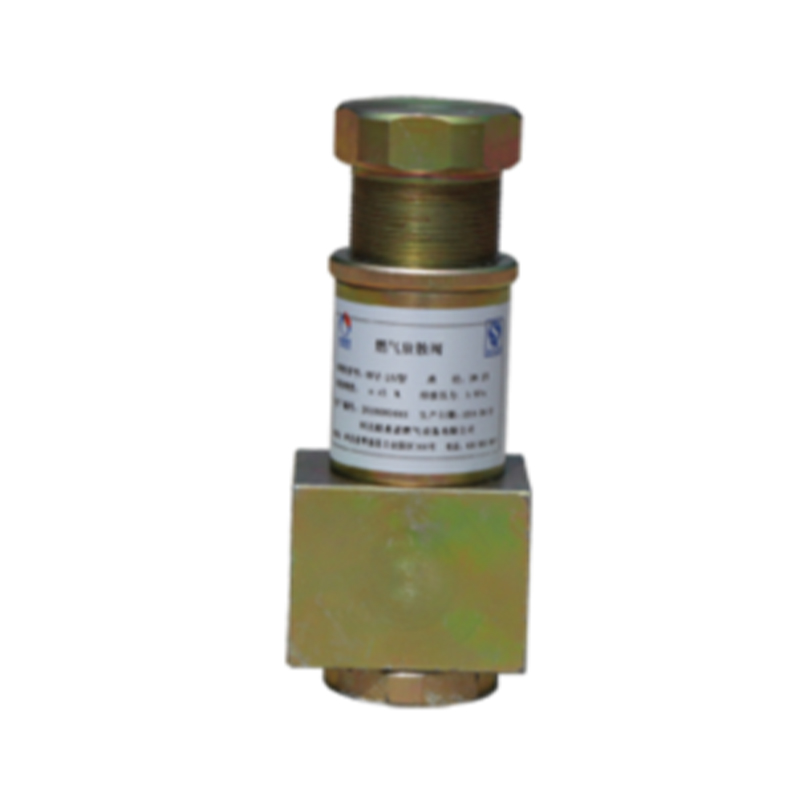
10 月 . 31, 2024 03:13
Back to list
relief valves
Understanding Relief Valves Essential Components for Safety and Efficiency
Relief valves are critical components in various industrial applications, designed to protect equipment and systems from excessive pressure. These valves play a vital role in ensuring safety, efficiency, and longevity in machinery and processes, making them indispensable in industries such as oil and gas, chemical, power generation, and manufacturing.
A relief valve operates by automatically venting excess pressure from a system when it exceeds a predetermined threshold. This mechanism prevents potential hazards, such as explosions, equipment failure, and leaks, that can occur due to over-pressurization. The proper functioning of relief valves is essential for maintaining safe operational conditions and compliance with regulatory standards.
There are several types of relief valves, including spring-loaded, pilot-operated, and pneumatic valves, each serving specific applications and pressure requirements. Spring-loaded relief valves are the most common, utilizing a spring mechanism to hold the valve closed until the set pressure is exceeded. Conversely, pilot-operated relief valves are designed for high-capacity applications, using a smaller pilot valve to control a larger main valve, offering greater precision and responsiveness.
relief valves

The selection of the right relief valve involves considering various factors, such as the pressure range, fluid characteristics, and application requirements. It is crucial to accurately size the relief valve to ensure it can handle the maximum flow rate that may occur during an over-pressure scenario. Incorrect sizing can lead to valve chatter, premature wear, or insufficient pressure relief, all of which can compromise safety.
Regular maintenance and testing of relief valves are vital to ensure their reliability. Organizations must establish a routine inspection and testing schedule in accordance with industry standards and regulatory guidelines. This practice not only helps in identifying potential issues before they escalate but also ensures that the valves respond correctly during critical situations.
In addition to safety, relief valves contribute to operational efficiency. By maintaining optimal pressure levels within a system, they help prevent loss of materials, reduce downtime, and minimize energy consumption. For instance, in a steam boiler system, a relief valve that operates effectively can help maintain efficient steam production without wasting fuel.
In conclusion, relief valves are a fundamental aspect of pressure management in various industrial processes. Their role in safeguarding equipment and personnel from hazardous over-pressurization cannot be overstated. By understanding the different types of relief valves, ensuring proper selection and sizing, and implementing regular maintenance, industries can enhance not only safety but also operational efficiency. As technology advances, the future may hold even more innovative solutions for pressure relief, further enhancing the capabilities and reliability of these essential components.
Latest news
-
Unlocking The Quality Gas Pressure ReducersNewsNov.01,2024
-
The Role of Gas Pressure Reducing StationsNewsNov.01,2024
-
The Importance and Functionality of Safety Relief ValvesNewsNov.01,2024
-
The Essential Role of Safety Valves in Natural Gas ApplicationsNewsNov.01,2024
-
The Essential Role of Gas Pressure RegulatorsNewsNov.01,2024
-
Enhance Your Premium Gas FiltersNewsNov.01,2024

